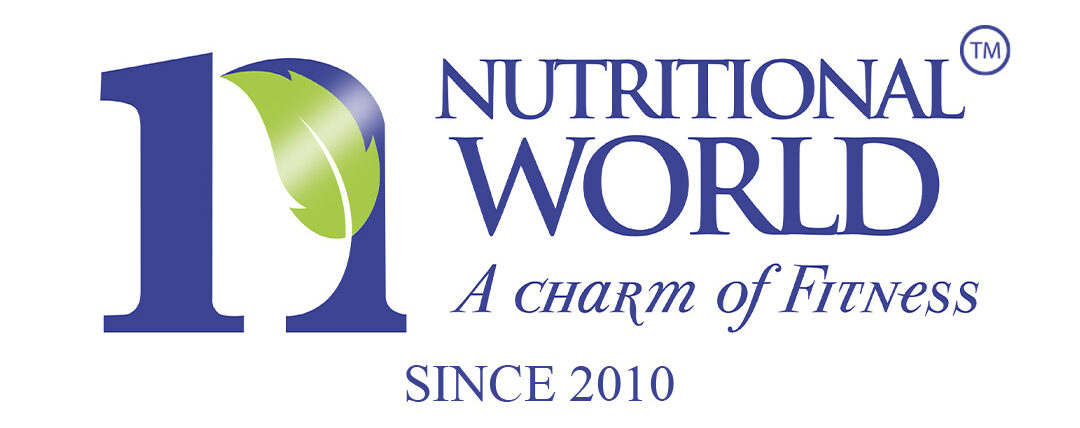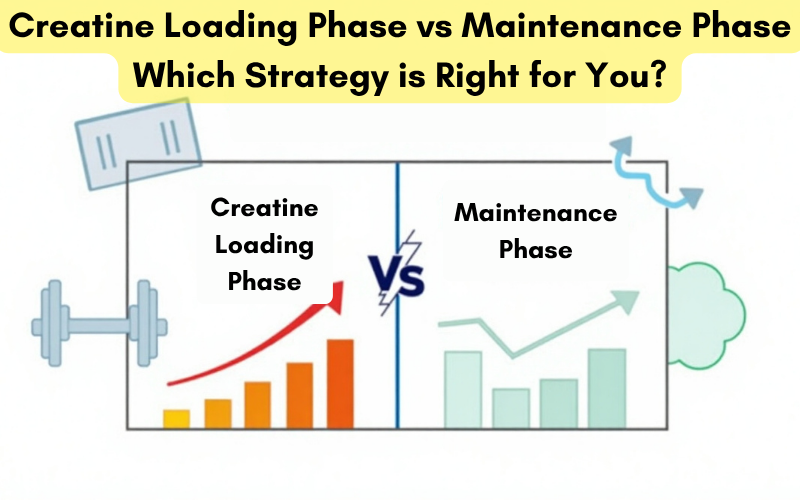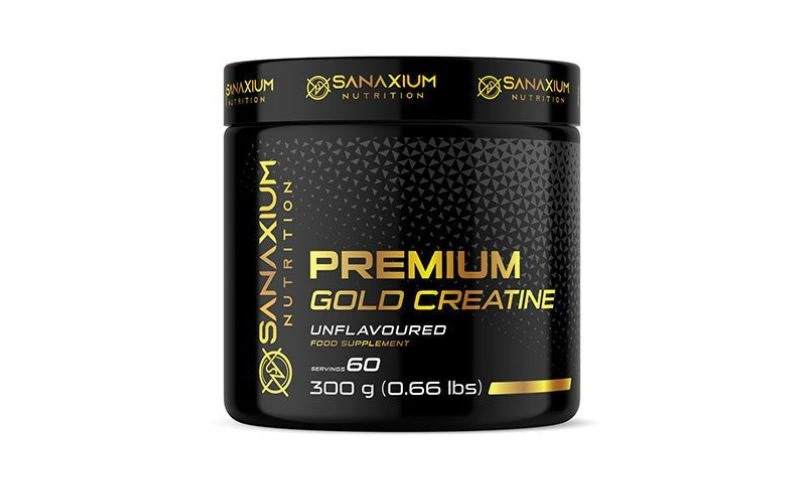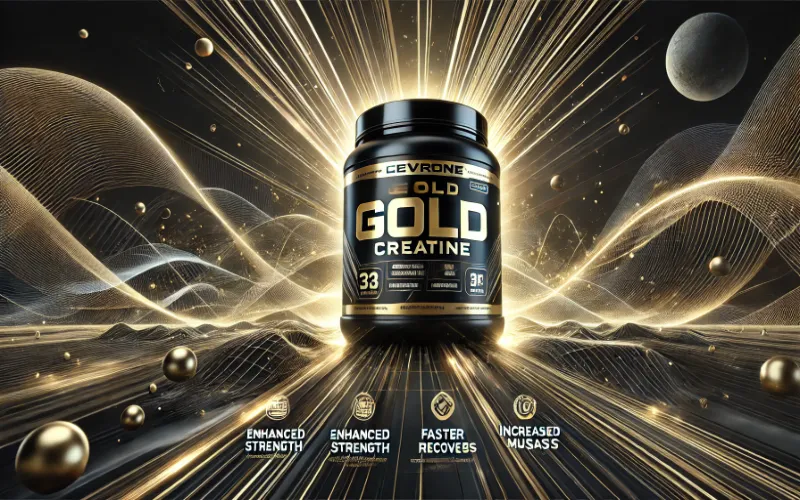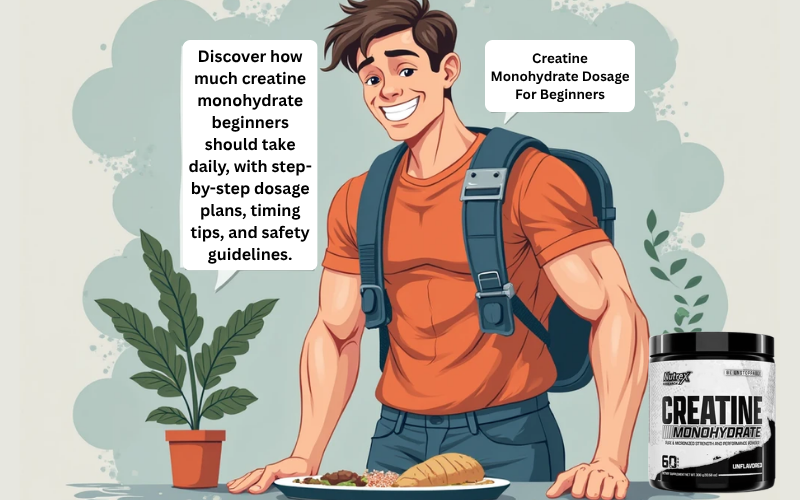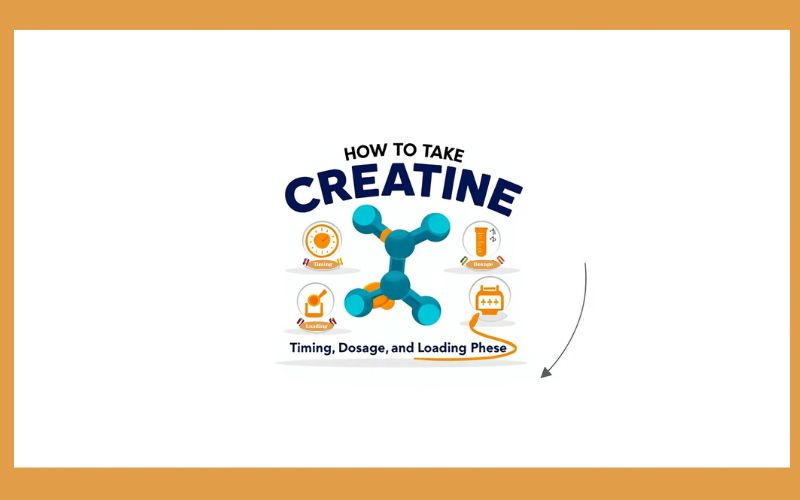Table of Contents
Creatine Loading Phase vs Maintenance Phase: Which Strategy is Right for You?
When it comes to boosting strength, building muscle, and enhancing workout performance, creatine is one of the most trusted supplements in the fitness world. But when starting creatine, many athletes face a common question: Should I do a loading phase or go straight to maintenance?
In this guide, we’ll explore the difference between the creatine loading phase vs maintenance phase, their benefits, how to do them properly, and which method suits your fitness goals best especially if you’re supplementing in 2025 and beyond.
Take your workouts to the next level—discover which creatine strategy delivers the best results for your body and training style.
Understanding Creatine: What It Does in Your Body
Creatine plays a key role in rapidly producing energy during high-intensity exercise by replenishing ATP levels in your muscles.
The Role of Creatine in Muscle Energy and Strength
Creatine helps your muscles regenerate ATP (adenosine triphosphate) your body’s main energy currency especially during short bursts of intense activity like weightlifting or sprinting. Higher creatine levels = better explosive performance.
What Happens When You Start Taking Creatine?
Once ingested, creatine gets stored in your muscles. But it takes time to reach saturation levels, which is why some people follow a “loading phase” to speed up the process.
Creatine Monohydrate: The Gold Standard
While there are newer forms like creatine HCL or ethyl ester, creatine monohydrate remains the most researched, affordable, and effective form.
What Is the Creatine Loading Phase?
The creatine loading phase involves taking higher doses of creatine for a short period to quickly saturate your muscles.
The Science Behind the Loading Method
Loading means taking a high dose of creatine for a short period (usually 5–7 days) to quickly saturate your muscles. The standard loading dose is 20 grams per day, split into 4 servings of 5 grams.
How Much Creatine to Take During Loading
- Day 1–5: 20g/day (divided into 4 x 5g doses)
- Post-Loading: 3–5g/day for maintenance
Fast Results, but Is It Necessary?
Loading lets you see performance benefits in just a week, but it’s not mandatory. Some people prefer to start directly with maintenance dosing to avoid potential bloating or water retention.
What Is the Creatine Maintenance Phase?
The creatine maintenance phase involves taking a consistent daily dose (usually 3–5 grams) to keep your muscle creatine levels saturated over time.
How It Helps You Sustain Muscle Saturation
Maintenance dosing means taking 3–5 grams daily, starting from day one. Your muscles still become saturated, but over 3–4 weeks instead of 5 days.
Typical Dosage and Duration
- 3–5g daily depending on your body size and activity level
- Can be continued for several months
Can You Skip the Loading Phase Entirely?
Yes, research confirms that loading isn’t required. The final result (saturated muscles) is the same it just takes longer with maintenance-only dosing.
Creatine Loading vs Maintenance: Key Differences Compared
| Aspect | Loading Phase | Maintenance Phase |
| Time to Effect | 5–7 days | 3–4 weeks |
| Dosage | 20g/day → 3–5g/day | 3–5g/day from start |
| Water Retention | Higher risk | Minimal |
| Cost | Uses more creatine upfront | Cost-effective |
| Suitability | Athletes needing fast results | Beginners, long-term users |
Who Should Consider Loading And Who Shouldn’t?
Ideal Users for Loading Protocols
- Bodybuilders during bulking season
- Athletes prepping for a competition
- Fitness models with a tight timeline
When Maintenance Dosing Makes More Sense
- Beginners or those trying creatine for the first time
- People concerned about water retention
- Anyone preferring a slower, gentler approach
Special Considerations: Teen Athletes, Women, Older Adults
For these groups, maintenance dosing is safer and easier to manage. Always consult a healthcare provider if you have existing health concerns.
Is Creatine Loading Safe? What Science Says in 2025
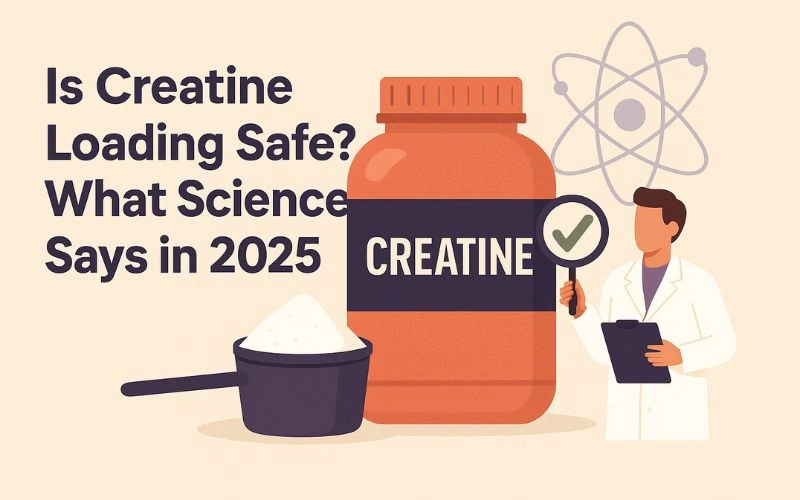
Current research in 2025 confirms that creatine loading is safe for healthy individuals when taken at recommended dosages and with proper hydration.
Common Myths (Kidney Damage, Hair Loss, etc.)
Despite years of rumors, modern studies confirm:
- No link to kidney damage in healthy individuals
- No evidence linking creatine directly to hair loss
Creatine Safety According to Recent Research
A 2024 meta-analysis published in The Journal of Sports Nutrition concluded that creatine is safe for long-term use, even during the loading phase.
How to Avoid Side Effects with Proper Hydration and Diet
- Drink at least 3 liters of water/day
- Avoid mixing with caffeine-heavy pre-workouts
- Take with carbs to improve absorption
Expert Tips for Creatine Success
Timing Creatine: Pre or Post Workout?
- Both work, but post-workout with protein and carbs may offer better uptake.
Stack with Carbs for Better Absorption
Combining creatine with fruit juice or carb-heavy meals helps shuttle it into muscles faster.
Tracking Progress During Both Phases
- Monitor weight, strength, and energy
- Take progress pics to see water-based fullness and size
Conclusion: Pick the Creatine Plan That Matches Your Goals
There’s no one-size-fits-all answer to creatine loading phase vs maintenance phase it all depends on your timeline, goals, and tolerance.
If you want faster results, loading makes sense. If you’re in it for the long haul, maintenance will still get you there just more gradually.
Either way, consistency is the most important factor. Fuel your fitness goals with premium creatine—shop now at Nutritional World!
FAQs: Creatine Loading Phase vs Maintenance Phase
Q1: Do I need a loading phase to see results with creatine?
No. You can start with 3–5g/day and still achieve full muscle saturation in about 3–4 weeks.
Q2: What happens if I skip the loading phase?
You’ll still get the same results—it’ll just take longer for creatine to build up in your muscles.
Q3: Is creatine loading bad for your kidneys?
Not in healthy individuals. Stay hydrated and follow dosage guidelines.
Q4: How long should a loading phase last?
Typically 5–7 days, followed by maintenance dosing.
Q5: Can women use creatine loading and maintenance safely?
Yes. Creatine is safe and effective for women, especially for strength and lean mass.
